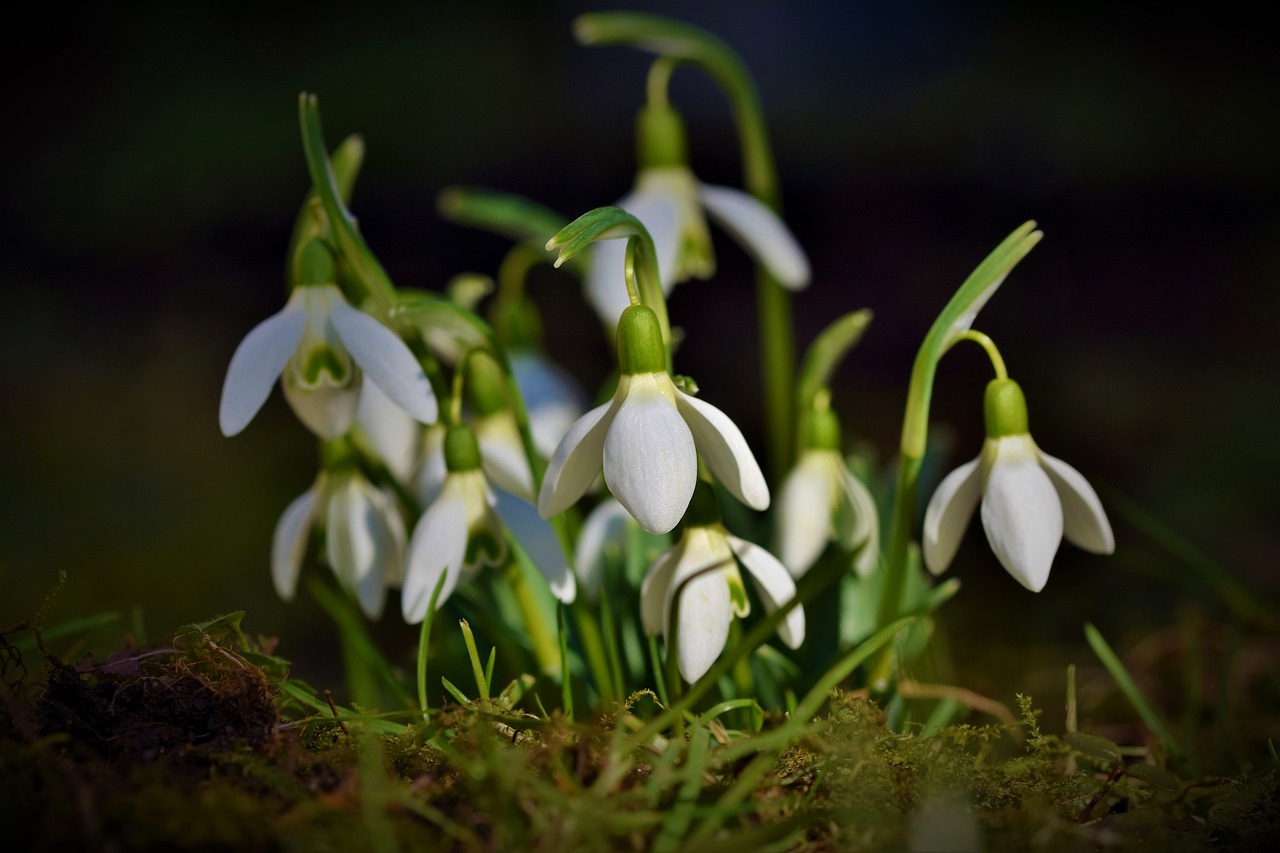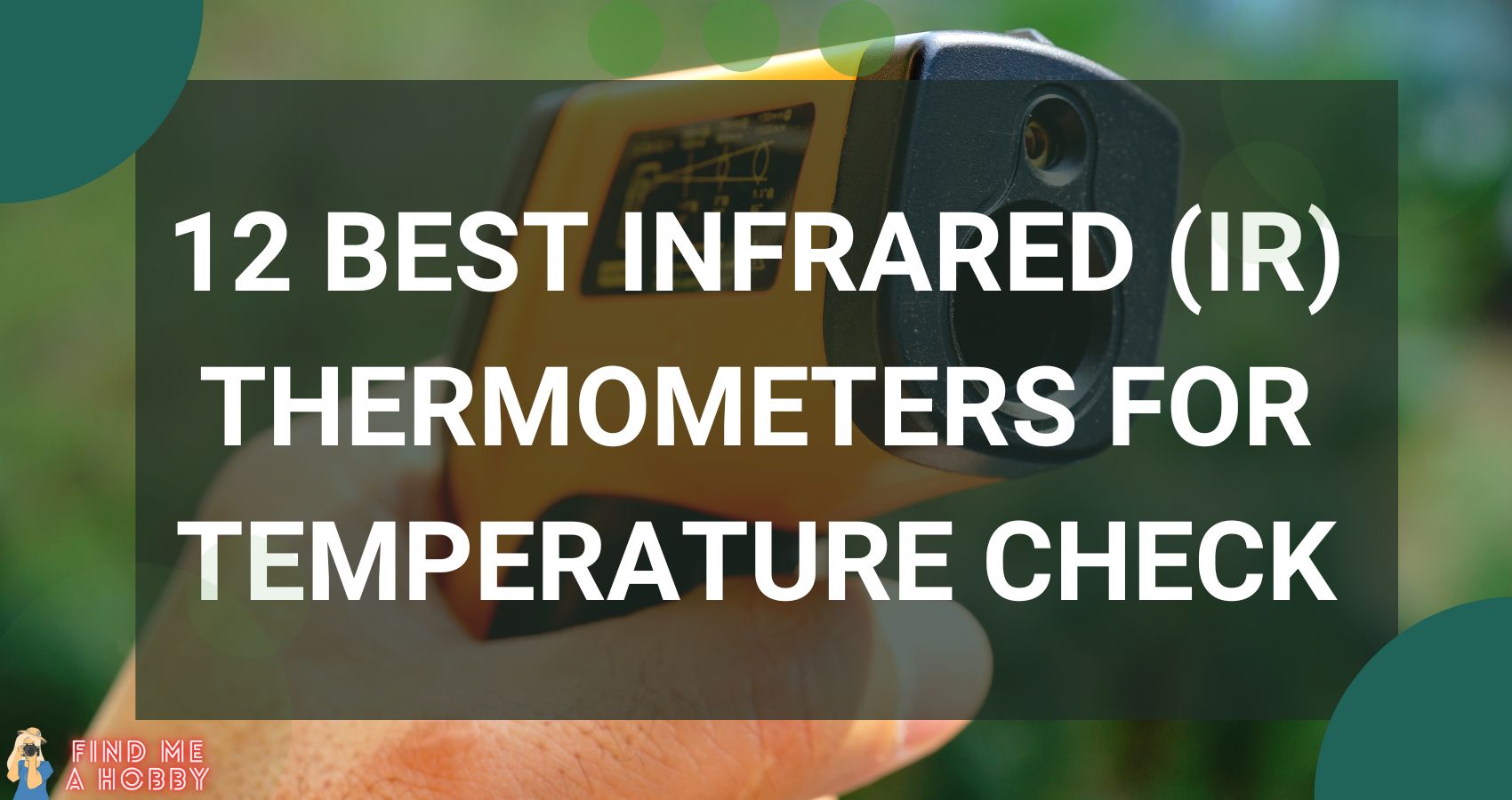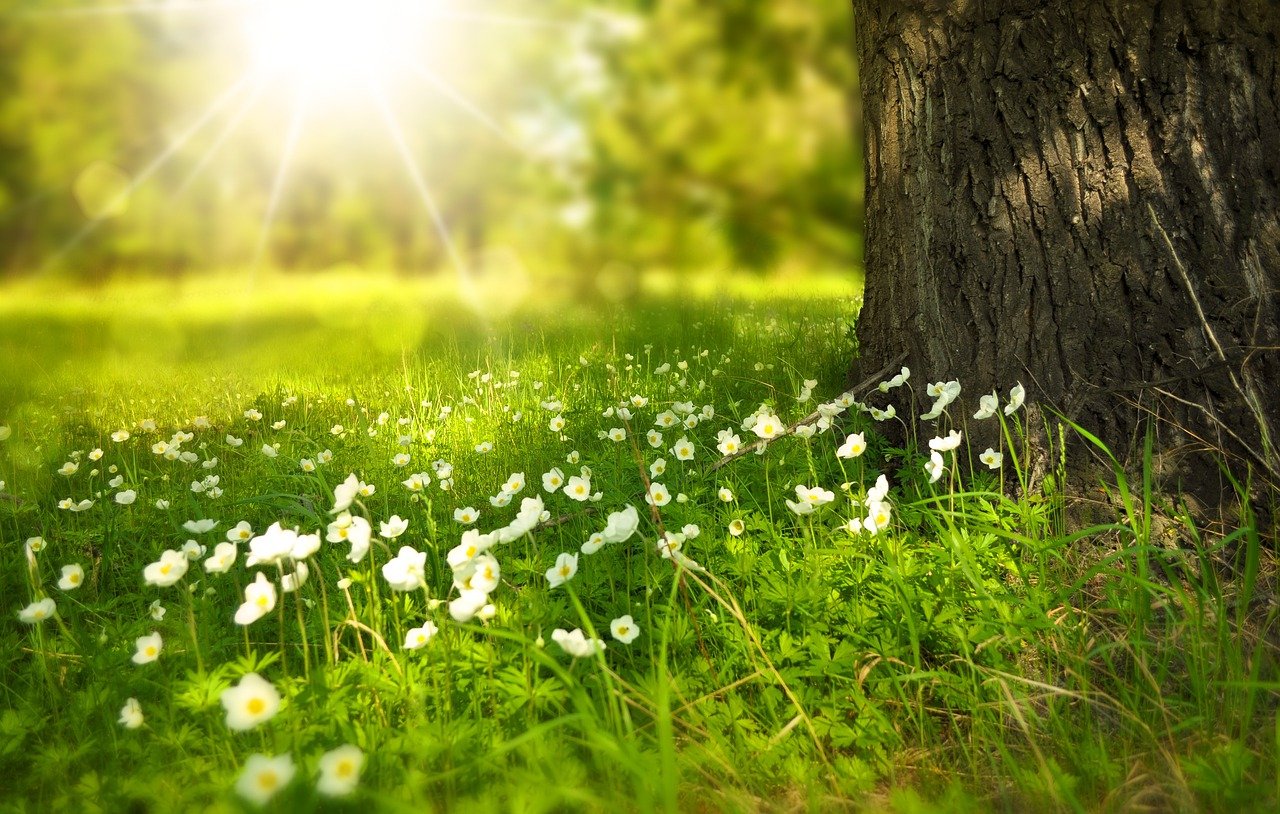Wildlife in the natural environment is often in need of basics like water, food, and shelter. The destruction of waterways, forests and wetlands has placed great pressure on native wildlife. Land clearing threatens the survival of wildlife all around the planet by limiting natural food sources and destroying habitat.
By planting a habitat garden, you are creating space for wildlife to rest, find food or water, and perhaps even rear their young. Growing a habitat garden is exciting, and it is rewarding to know that you are doing something to protect your local wildlife.
The first step is to understand the natural environment of your area. The purpose of a habitat garden is to enhance your local environment and attract local wildlife. Spend some time researching the plants and animals that make up the ecosystems of your area. Take a walk in the forest, woodland, or along the beach. Learn about the environmental threats in your area, and find out which animals need protection.
Remember that animals need to feel safe in the space you create. Dogs, cats and other domesticated animals can be a threat to wildlife and will keep them away. Keep this in mind and chose an area that is safe from predators. It is also important that you are committed to maintaining the area without the use of chemicals or pesticides. Pulling weeds by hand will be much better for the wildlife and healthier for you too.
Water is the Key to Life

All creatures need water to survive. In much of the world fresh water is difficult to find. Rivers and creeks may be polluted, or your area may be suffering from drought. A habitat garden needs to begin with factoring in water for the wildlife who will come to visit. Water may be the major attraction for animals coming to your garden.
If you have space, why not create permanent ponds or billabongs. This will provide a constant source of water for wildlife. The larger the water source, the more animals you will find in your garden. Large shallow ponds are ideal for water birds, while a pond with an island in the center will allow a safe nesting site for many bird species. Lizards, turtles, frogs and many insect species all increase when there is water available.
For the small garden, why not try a pond above ground using an old bath or plastic tank cut in half. If you build some rocks and logs up to one side of the pond, you will find even your old bathtub becomes a lively ecosystem of frogs and insects.
Choose Plants Very Carefully

Deciding which plants to grow in your garden can be difficult and it is wise to research carefully. The first question is do you have room for tall trees or only for a small shrubby garden? Next, think about the wildlife you are trying to attract to your garden refuge. Nurseries can help you with information on plants that provide food for wildlife, or attract bees and butterflies.
No matter the size of your garden, diversity is the key. Animals have a range of different foods they require to survive. Wildlife also need plants for building nests for their young. By attracting small insects you will attract lizards and birds that feed on these insects, and so on up the food chain. Try to mimic nature and add different layers of plants, from trees to understory and ground-cover plants.
Rocks, Hollow Logs, and Dead Trees

Wildlife is often in need of shelter. This may be a shelter for a period of winter hibernation, or perhaps a safe place to build a nest and raise their young. Building a habitat garden requires you to think about the needs of your wildlife.
Creating shelter for animals in your garden is easy, just add a few extra elements when you garden. For example, place old wood logs around plants or garden beds to create a space for lizards to hide. Add rocks into your garden beds and you will find those same lizards eagerly using them to soak up the morning sun.
Hollow logs are used by many different animal species to shelter from the elements or to build a home for their offspring. Dead trees that are no danger to buildings can also be left standing for your wildlife. Old trees are used as nesting sites for birds or may contain hollows used by possums and other tree-dwelling mammals. They will also be used by predator birds, as they allow a high spot to perch with a clear view.
In Australia, these trees are used by Kookaburra’s and Tawny Frogmouth Owls. I have found it useful to cut some dead trees at about 2 meters from the ground and leave the trunk standing for as long as possible. These tree stumps are used by many birds, and even goannas, as they search the area for food.
A Habitat Garden is a Constant Source of Entertainment

As I write this article, my habitat garden is alive with wildlife. A goanna sun himself on a rock, a swamp wallaby chews weeds, and many birds can be heard calling as they fly past. I am lucky because I have two acres of land to work with and live in a rural area with a diversity of wildlife. I am continuing to improve and enlarge my habitat garden and aim for greater diversity in the future.
Diversity can be achieved in a garden of any size and shape. If you remember to provide a source of water, a variety of plants, and a few extras like rocks and logs, you will find it easy to create a beautiful habitat garden. This helps to support local ecosystems and provides wildlife with a safe place to visit. The added benefit to you is a life of constant entertainment, as you watch the animals enjoying your garden.






